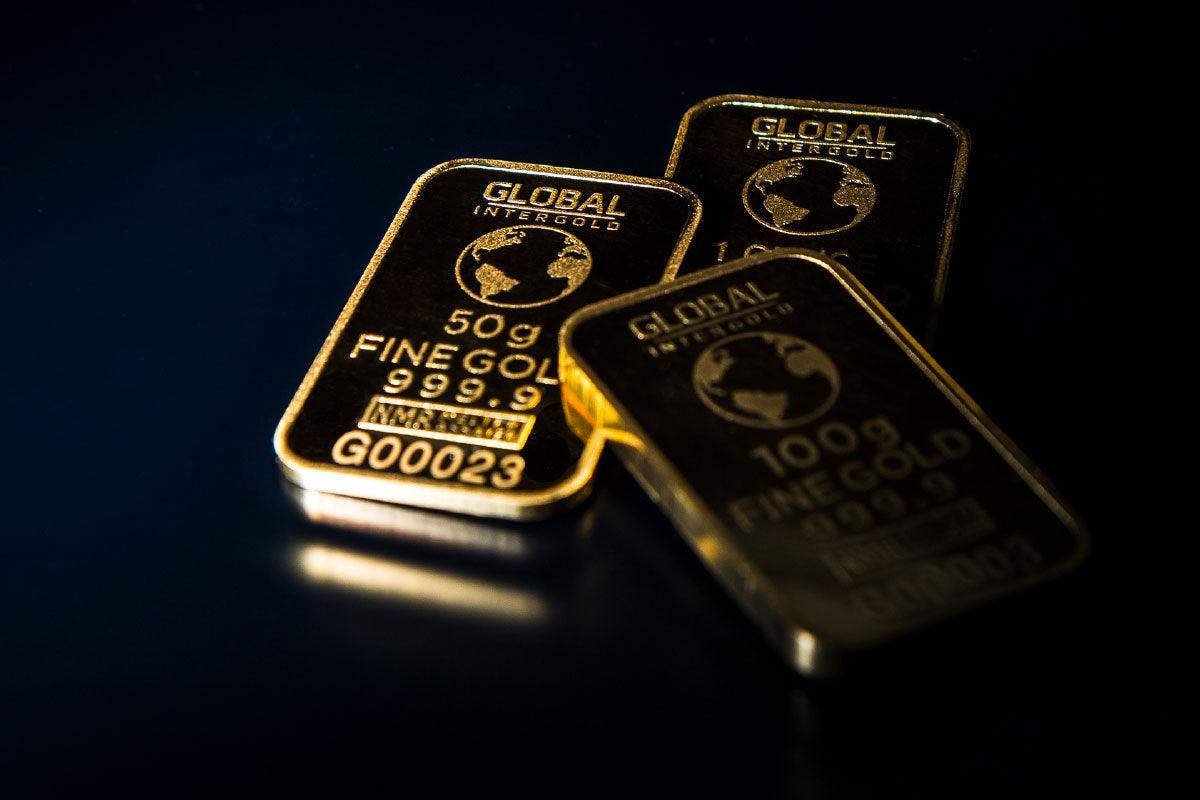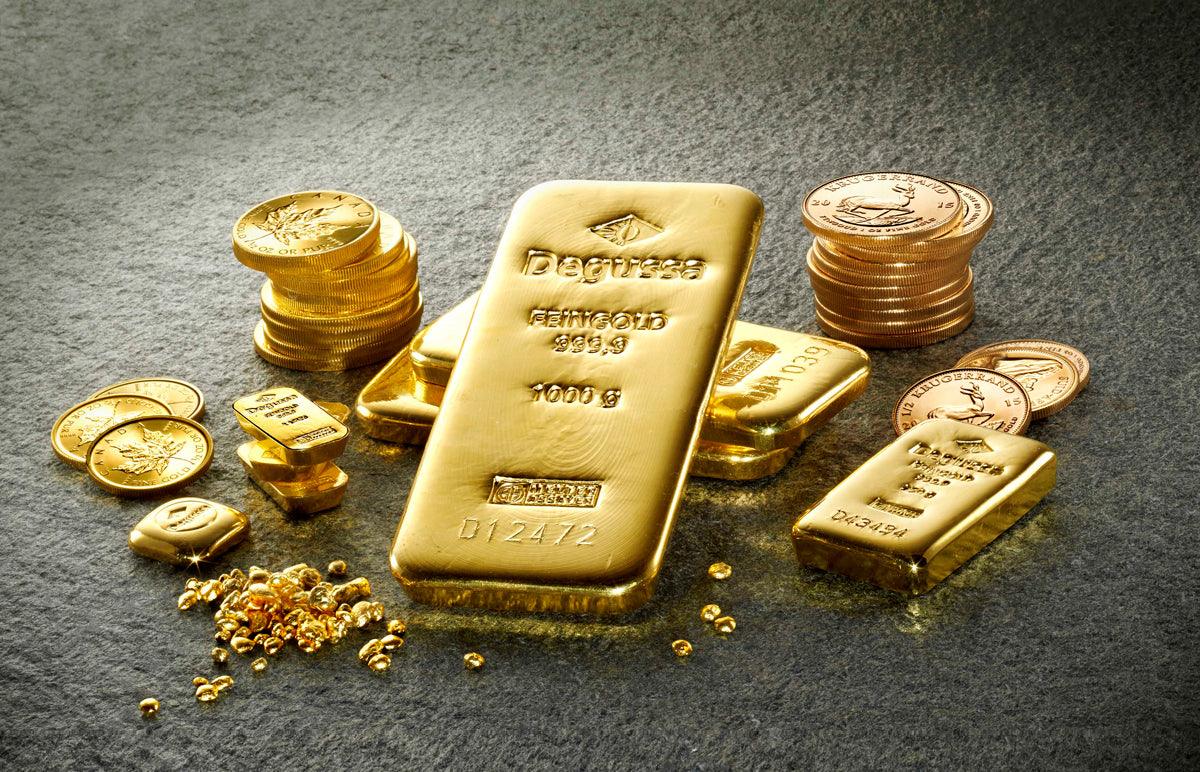
Gold how to understand carats
Thanks to its chemical properties, gold resists oxidation and the corrosive action of atmospheric agents, maintaining its shine almost unchanged over time. Discover how to understand gold carats.
It is a metal that cannot be created, but only extracted from a few natural deposits through a very expensive and complex process. Through further processing, raw gold becomes pure gold, which however does not yet have the appropriate consistency to be used in the production of jewelry.
Alloys are metals that are combined with gold in percentage. We have deliberately used the term in the plural because depending on the metals used, a different result is obtained both in terms of consistency and color. You can therefore understand that the value of the jewel is determined by the quantity of pure gold present inside it. In technical jargon it is defined as title and is indicated as a percentage value expressed in thousandths ( %), even if more commonly it is referred to as carats (kt).
What is the gold title?
The gold title indicates the quantity of pure gold present in each jewel. To help you understand better, let's take a practical example. Usually the jewels we know are made of 18 kt gold which in thousandths corresponds to the title 750% : this means that the alloy they are made of is made up of 750 parts of pure gold and 250 parts of other metals , among which the most commonly used are silver, copper, zinc and palladium.
Depending on the percentage in which these metals are added, the colors assumed by these alloys also change. For example, in the rose gold alloy, unlike the yellow gold one, there is a more important copper component that increases even more if we talk about red gold. As regards white gold, in which rhodium is also present, which gives it its characteristic shine, it is good to make a clarification.
Nickel free white gold
At the time of its first use, shortly after the end of the First World War, the alloy was made by adding a significant percentage of nickel since this metal had the advantage of maintaining the white color of gold almost unchanged over time; however, with the progress of medical knowledge it was demonstrated that a high quantity of nickel led to the progressive development of allergies. For this reason, a law was drawn up, which came into force on March 31, 2013, to set a maximum permitted limit that is the one tolerable by the body. Clearly, for subjects already allergic to nickel there is no limit that holds, they can only wear "nickel free" objects.
Gold title in the world
Returning to the most commonly used titles in Made in Italy jewelry, we are essentially talking about 750 ‰ gold (18 kt), even if to a much lesser extent it is possible to find jewels in 375‰ gold (9 kt). However, it is enough to move outside of the Bel Paese to find different situations. For example, for our German and English cousins, as well as for the Americans, it is not so uncommon to produce jewels with lower gold titles such as 583 ‰ (14 kt) or 417 ‰ (10 kt); vice versa, jewels made in Eastern countries, especially Arab ones, have higher titles such as 917 ‰ (22 kt): the creations made with these alloys are certainly more precious, but equally fragile.
Where to read gold karats
By law, the gold title must always be present on the jewel and it is possible to check it. All you need to do is equip yourself with a magnifying glass and look for the hallmark: it is a diamond inside which is reported the percentage of pure gold in thousandths, (for example 750 if it is 18 kt gold). Immediately next to it there must be a polygon inside which you will recognize a five-pointed star followed by an alphanumeric code: it is the identification mark that indicates the origin of the jewel.

However, it is always better to rely on an expert appraiser (discover our experts) if you want to be sure of a qualified and competent estimate and protect yourself from possible counterfeiting.
Come and visit us in our shop to get a detailed appraisal of your gold.
